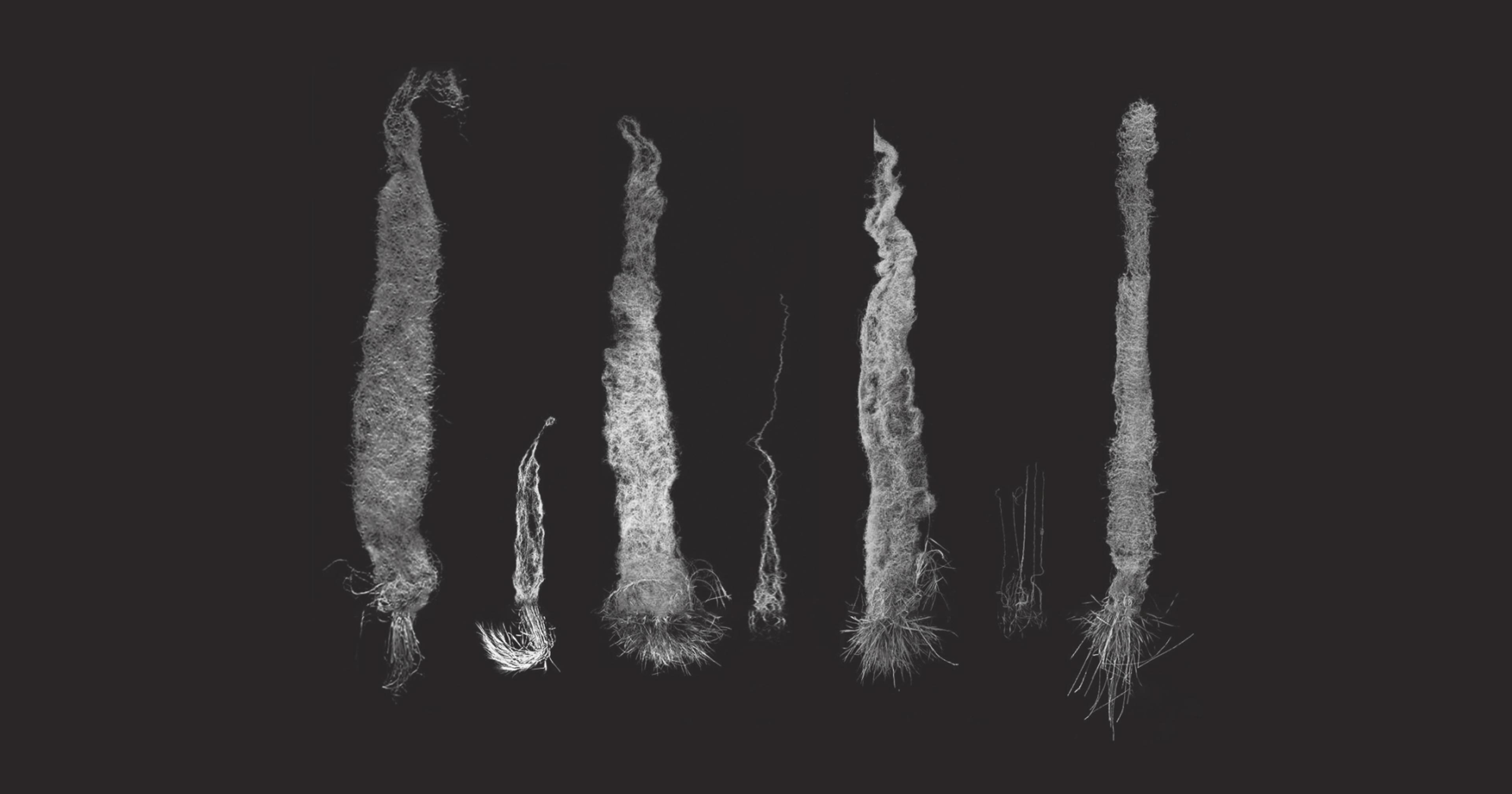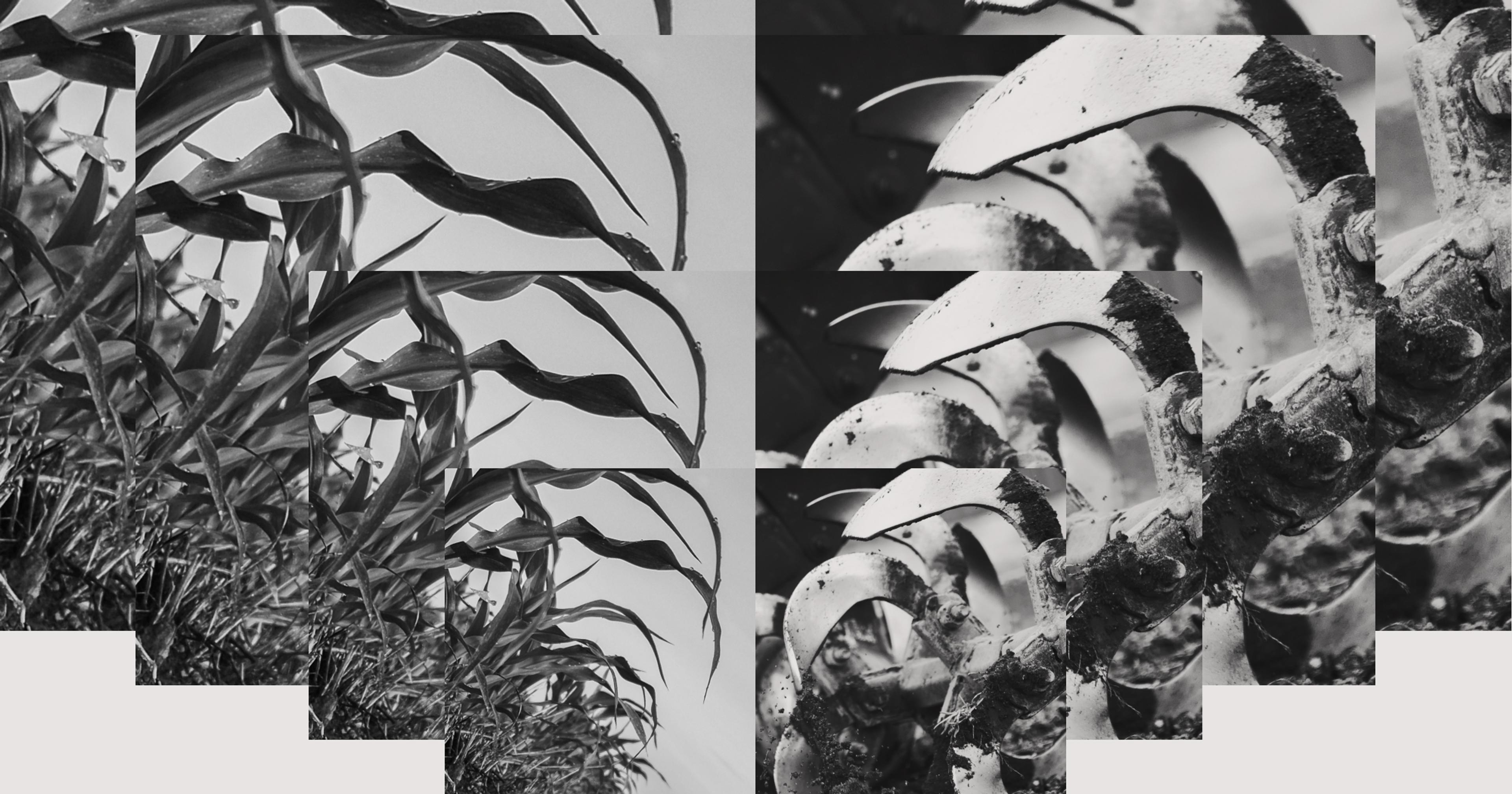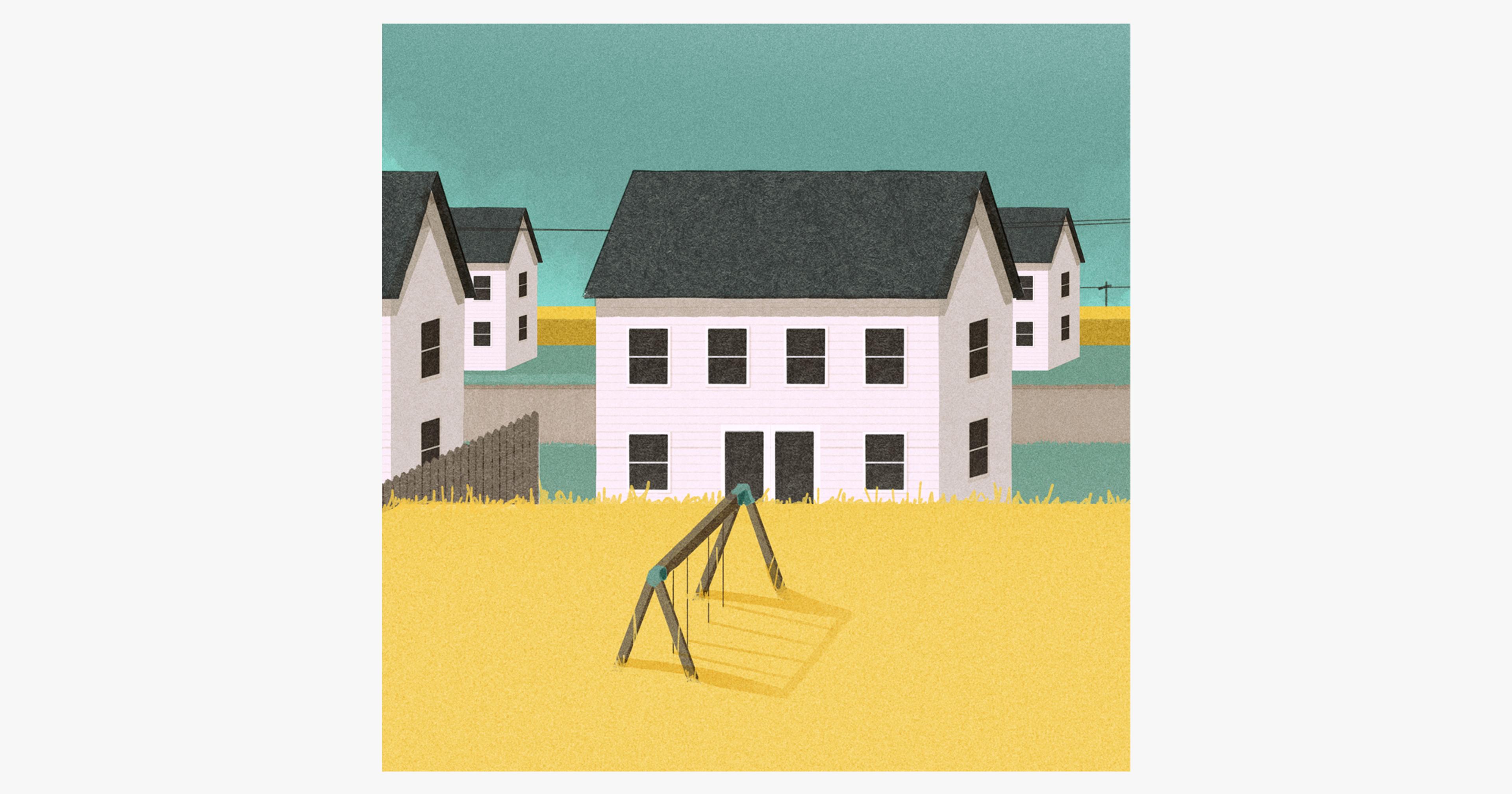Kernza was sold as a climate-friendly wheat that would save the planet and feed the hungry. More than a decade after its release, it has barely made a dent.
Since blasting onto the scene in the early 2010s, the perennial wheat known as Kernza has seen no shortage of press. It is regularly lauded as a vital weapon in the fight against climate change, touted as a “tiny new grain” that could save the planet and end food insecurity. In recent years, major brands such as Patagonia and General Mills have promoted craft beers, breakfast cereals, crackers, and pancake mixes made with the “revolutionary” new grain.
It’s easy to see why the sustainable narrative associated with perennial grains gained traction. Nearly all the wheat currently cultivated in the U.S. is an “annual” variety — it must be planted every year. This typically involves tilling the soil, a common practice that has come under increasing scrutiny of late.
A perennial wheat such as Kernza (the trademark name for the grain of an intermediate wheatgrass), on the other hand, grows year after year, sustained for at least three growing seasons before it needs to be replanted. This helps to minimize soil disturbance, which releases the carbon stored within the soil into the atmosphere. This allows plants to grow deep roots, enriching the soil’s nutrient properties and the plant’s resilience to drought.
“We want to reduce the negative impact [of annual crops] on the environment, and eventually for farmers, reduce some amount of labor because they don’t have to replant as much seed,” said Robin Morgan, a PhD student at Washington State University’s Bread Lab, a center for wheat and grain researchers attempting to transform the food system. Morgan worked on the team that developed a wheat-wheatgrass hybrid perennial grain called Salish Blue, which was designed to thrive in the Northwest. “Food shortages are real … we need to seriously invest in ways that allow us to diversify our cropping system and food supply, and to do that in a way that doesn’t destroy natural resources, namely soil,” Morgan said.
At first glance, the concept of planting more perennial crops makes sense. “Even if a person is not involved in agriculture, they can see that it might be a good idea to develop a perennial grain crop,” said Morgan. After all, every hobby gardener knows that planting perennials is key when cultivating a low-maintenance garden.
The biggest problem with allegedly promising perennials like Kernza, however, is that they aren’t very productive. According to The Land Institute, the Kansas-based research nonprofit that developed Kernza, the grain yields “about one-third of what conventional wheat does.” Tammy Kimbler, the institute’s director of communications, said their “goal is to have a yield on Kernza that’s similar to conventional wheat in the next 15 to 17 years, which in plant-breeding terms is incredibly fast.”
Some say that isn’t fast enough. “If you’re talking about a niche market, high-value crop for health food stores and rich people in Marin County or the Hudson Valley, then this is a wonderful thing,” said Ken Cassman, professor emeritus of agronomy at the University of Nebraska. “But if you’re trying to suggest that this perennial grain will be an important component of human food supply in 20 years, there’s no chance. And even in 30 or 40 years, there’s no chance.”
“If you’re trying to suggest that this perennial grain will be an important component of human food supply in 20 years, there’s no chance.”
There’s not even enough Kernza to meet the demand of the corporations advocating for it. In 2019, not long after announcing the rollout of a new cereal made from the grain, General Mills pulled back its plan after a lousy 2018 Kernza crop, releasing a much smaller batch than expected.
Today, there are about 6,000 acres of Kernza planted across the country — significant growth since 2019’s 500-acre harvest. Still, that’s a tiny drop in the bucket compared to the 35.5 million acres of conventional wheat harvested in the U.S. last year. “It’s a wonderful plant that produces a very nutritious grain,” said Cassman. “But it’s not a crop that grows on millions of hectares or acres that is important to the human food supply.”
Last year, Cassman co-authored a paper published in the peer-reviewed journal Outlook on Agriculture, highlighting how little evidence supports the argument that perennial plants could be a viable wheat alternative. “At a time when we really need to be focusing on how we should invest our research and development dollars to deal with climate change, water pollution, and soil conservation, we don’t have a 30-to-40 year time frame to work with,” Cassman said. “You can have narratives running in the news, the popular press, that are completely divorced from reality. This is a case of that.”
Proponents, however, argue that the point isn’t to rip out all the fields of conventional wheat to plant perennial varieties. “They have a lot of benefits for soil, but don’t necessarily yield a big harvest most of the time,” said Morgan, who sees perennial plantings such as Kernza and Salish Blue not as a replacement for annual wheat, but as companion crops that could be integrated as a cover crop, for example.
The Bread Lab’s overall vision is not necessarily to replace millions of acres of annual wheat with perennial wheat. “It’s more about integration, how they can be complementary to each other,” said Morgan.“It’s an attempt to integrate practices that we know can benefit the agroecosystem in the longer term.”
“If we can figure out perennial analogs to grains that are regionally adapted around the world, that would be huge.”
The Land Institute, however, is focused on the long-term. “Conventional [wheat] is going to be here for a while. There’s no lightswitch. We’re on a 20-year trajectory of getting a lot of these [perennial grains] on the landscape that are viable,” said Kimbler, who emphasized the importance of developing crops that are both better for the environment and more durable in the face of climate change.
Of course, the perennial grain discussion extends far beyond wheat. China already has released a perennial rice that can yield harvests as plentiful as conventional, annually planted varieties. The Land Institute is also researching and developing perennial varieties of sorghum, legumes, and oilseeds such as silphium, a plant in the sunflower family that’s native to the Great Plains and other parts of North America. “Grains make up about 70% of our calories,” said Kimbler. If we can figure out perennial analogs to those that are regionally adapted around the world … that would be huge.”
The Land Institute expects the next 10 years to be big for the perennial grain movement. (To be fair, that’s been the same message since Kernza was first trademarked in 2011.) Together with researchers from the University of Minnesota, the organization is currently in year two of a five-year, $10 million project — funded by the USDA — that’s aimed at scaling up the production and marketing of Kernza. “I think it is going to help change the trajectory of perennial grain agriculture in the U.S.,” said Kimbler.
But skeptics like Cassman aren’t convinced. “There’s very little evidence that perennial grains could make a substantial difference,” he said. “There [are] lots of niche crops that make good money for growers, but to promulgate a narrative that it could be a game changer for our food supply is just a bridge too far.”










